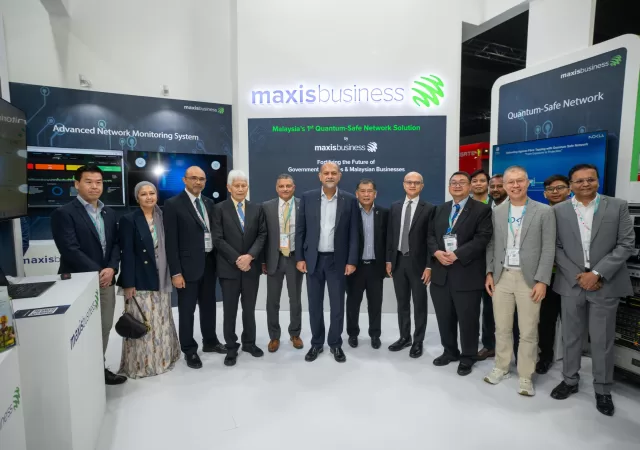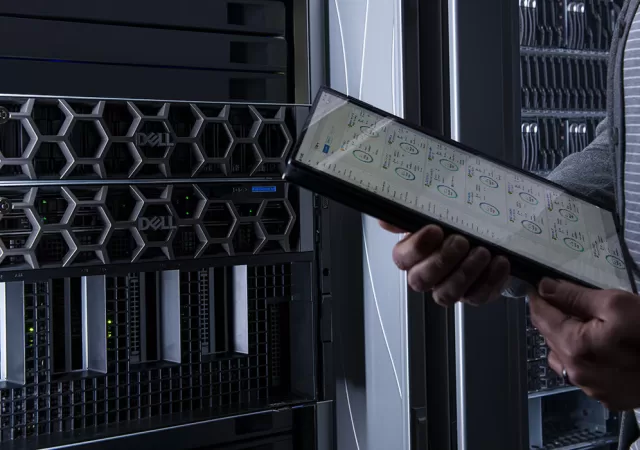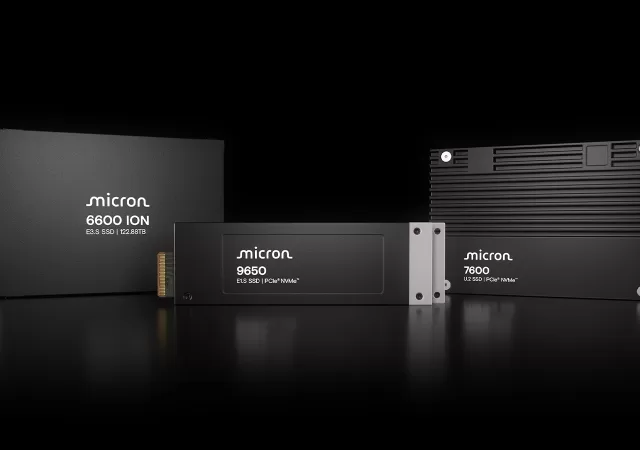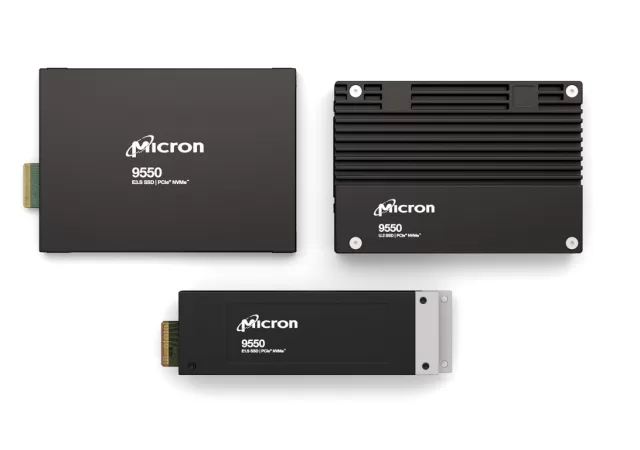Maxis introduces a groundbreaking Quantum Safe Networking solution aimed at protecting critical data from quantum computing threats.
Alibaba Cloud Fuels Global AI Race with Strategic International Expansion
Alibaba Cloud announces plans for global expansion going beyond Asia and underscoring the need for compute for AI innovation.
The Blueprint for Digital Confidence: Sovereign AI as a Strategic Advantage
With AI booming in every sector, Dell Technologies weighs in on the strategic advantages of Sovereign AI and how Malaysia is able to leverage it.
Micron Unveils New SSD Portfolio to Power the AI Revolution
Micron announces a new stable of SSDs that leverage its 9th Gen 3D NAND node and are built for hyperscale data centers for the AI Revolution.
Sustainability for the AI Future Needs to Start with Data Centres
Data centres are going to be the backbone of a digitised future. As such, their sustainability is becoming an increasingly important factor for companies.
Micron 9550 NVMe SSD Boosts Performance and Efficiency for Data Centres
Micron announces the new Micron 9950 NVMe SSDs for Data centre environments designed for AI workloads, performance and efficiency.
TM & Nxera Break Ground on State-of-the-Art Data Centre Campus in Johor
Telekom Malaysia (TM) and Nxera, Singtel’s InfraCo, break ground at their potential Johor campus for the planned data center Joint Venture.









